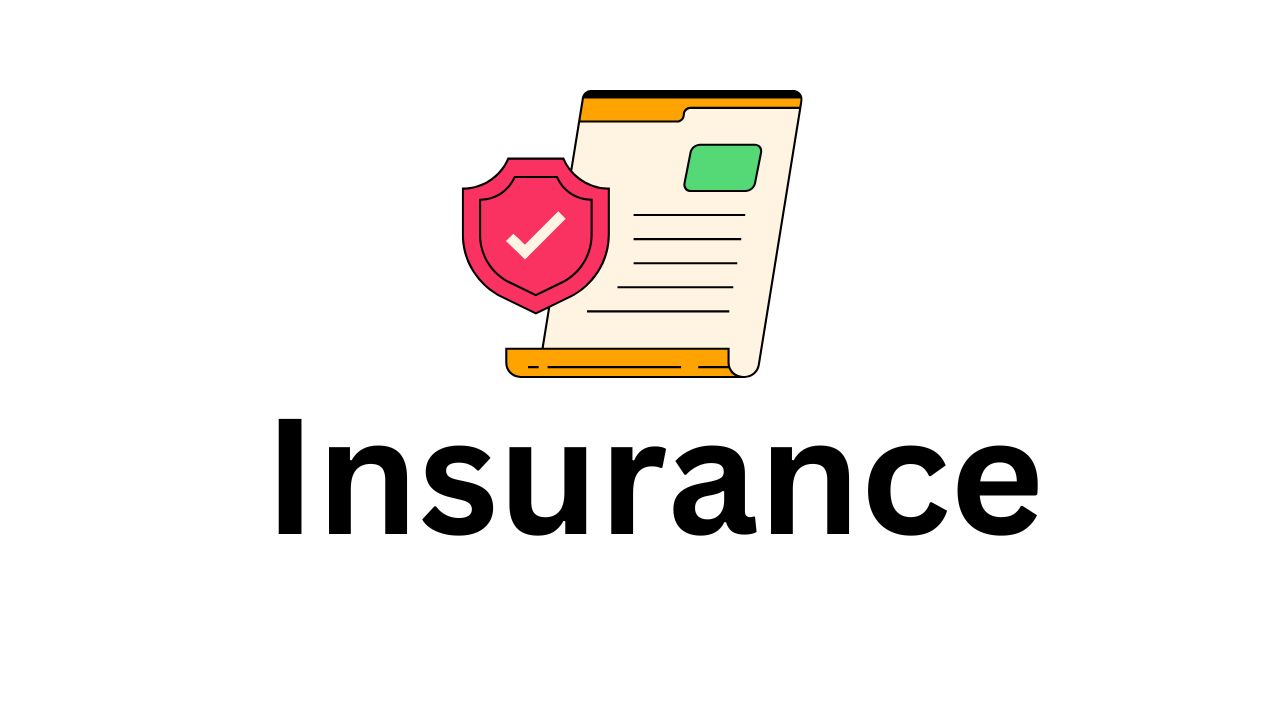Yes, many insurance companies are publicly traded. Publicly traded insurance companies are those whose shares are listed on stock exchanges, such as the New York Stock Exchange (NYSE) or NASDAQ. When an insurance company is publicly traded, it means that anyone can purchase shares of the company, becoming a shareholder and having the potential to benefit from the company’s financial performance through dividends and stock price increases.
1. Types of Publicly Traded Insurance Companies
Publicly traded insurance companies typically fall into one of two broad categories:
- Life and Health Insurance Companies: These insurers provide life insurance, health insurance, disability insurance, and related products. Examples of publicly traded life and health insurance companies include MetLife (MET) and Prudential Financial (PRU).
- Property and Casualty Insurance Companies: These companies provide coverage for property damage, liability, and various other types of insurance, including auto and homeowners insurance. Some well-known publicly traded property and casualty insurers include Allstate (ALL), Progressive (PGR), and State Farm (though State Farm is privately held, many of its competitors are public).
2. Advantages of Investing in Publicly Traded Insurance Companies
Investing in publicly traded insurance companies can offer several advantages for investors:
- Potential for Returns: If the company performs well, its stock value can increase over time, and investors may also receive dividends.
- Diversification: Insurance companies are often considered good investments for diversification in a portfolio, particularly because they tend to be less correlated with the performance of other industries like technology or retail.
- Transparency: Publicly traded companies are required to adhere to regulations that ensure a level of transparency in their financial reporting, providing investors with access to regular earnings reports, balance sheets, and other important information.
3. Risks of Investing in Publicly Traded Insurance Companies
Like all investments, there are risks involved in buying stock in publicly traded insurance companies:
- Market Risk: Stock prices can fluctuate due to market conditions, and insurance companies are not immune to economic downturns or financial crises.
- Regulatory Risks: The insurance industry is highly regulated, and changes in laws or regulations can impact the profitability of publicly traded insurance companies.
- Natural Disasters and Catastrophes: Property and casualty insurers are especially vulnerable to large-scale events like hurricanes, earthquakes, and other natural disasters, which can result in large claims payouts and affect their stock prices.
4. Examples of Publicly Traded Insurance Companies
Here are a few examples of major publicly traded insurance companies:
- Allstate (ALL) – A leading provider of auto, home, and life insurance, Allstate is one of the largest publicly traded property and casualty insurers in the U.S.
- MetLife (MET) – A major player in life and health insurance, MetLife is a globally recognized company with publicly traded stock.
- Progressive (PGR) – Known primarily for its auto insurance policies, Progressive is a publicly traded company that operates in both personal and commercial insurance sectors.
- AIG (American International Group, Inc.) (AIG) – AIG is a multinational insurance company that provides life, health, and property insurance, and is listed on the NYSE.
- Prudential (PRU) – Prudential is another large life insurance company that is publicly traded on the NYSE.
5. Conclusion
In summary, many insurance companies are publicly traded, offering opportunities for investors to buy shares and participate in the company’s financial growth. However, just like any other stock, investing in insurance companies comes with its own set of risks and rewards. Before purchasing stocks in any publicly traded insurance company, it’s important to conduct thorough research and understand the company’s business model, market conditions, and potential risks involved.
